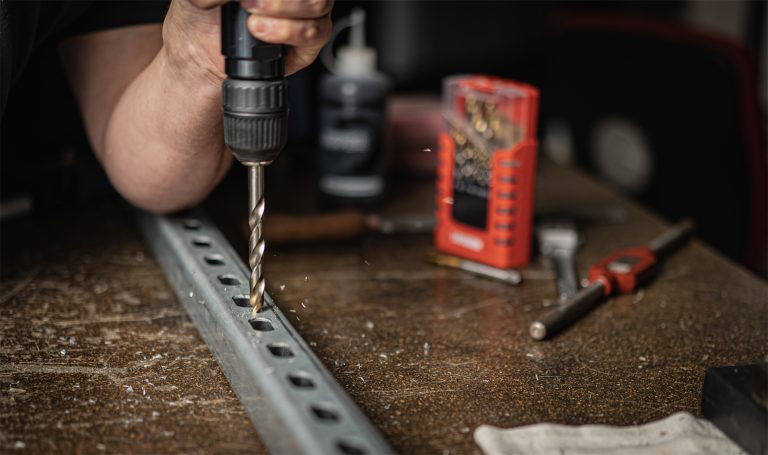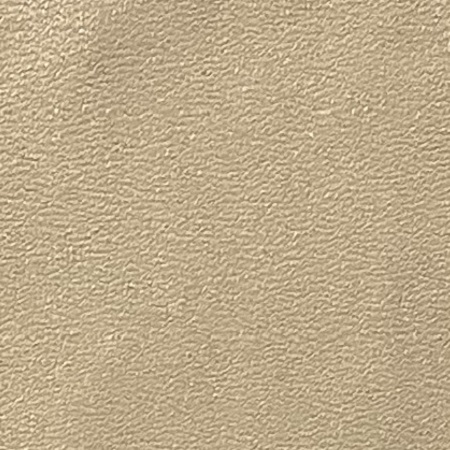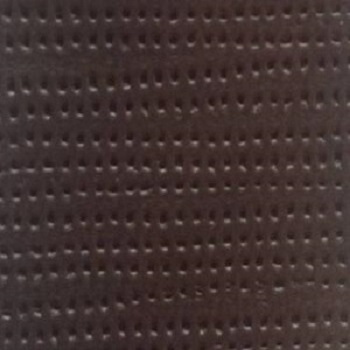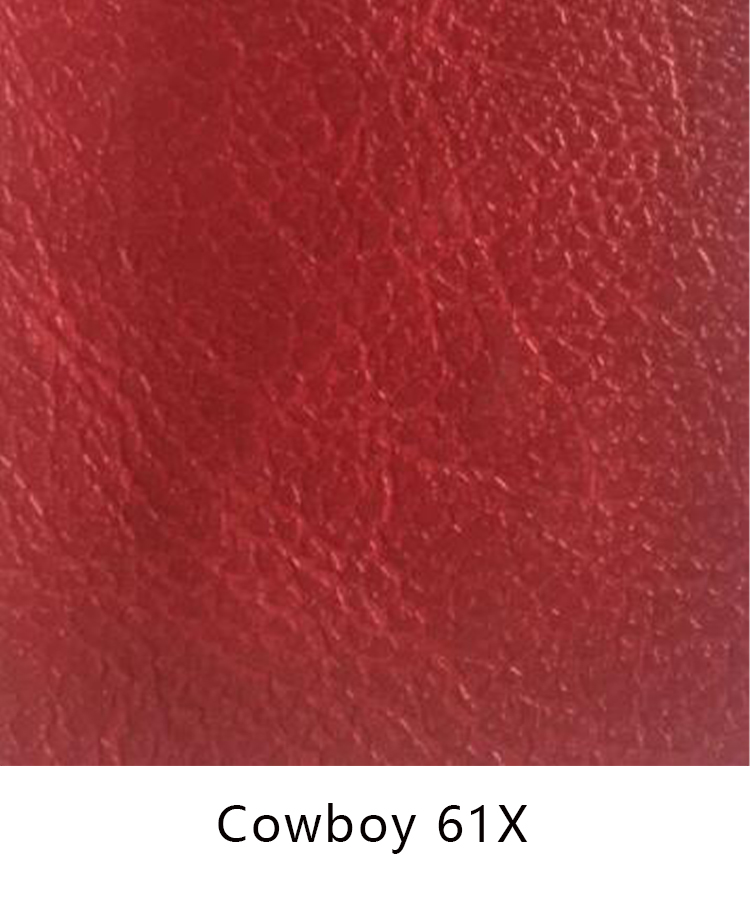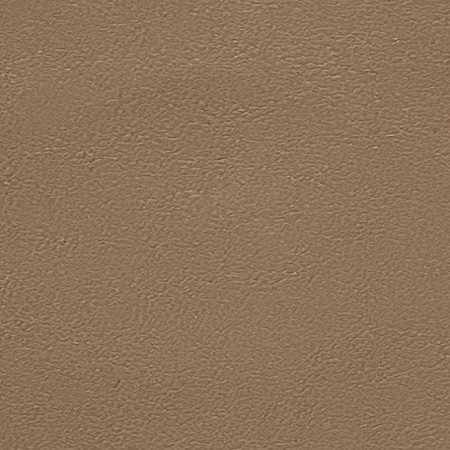Table of Contents
Benefits of Using Shoe Leather Fabric
Shoe leather fabric is a popular material used in the manufacturing of footwear due to its durability, flexibility, and aesthetic appeal. This type of fabric is made from animal hides, typically from cows, which are treated and processed to create a material that is both strong and pliable. There are many benefits to using shoe leather fabric in the production of shoes, making it a preferred choice for many footwear manufacturers.
One of the primary advantages of shoe leather fabric is its durability. Leather is a tough material that can withstand a great deal of wear and tear, making it ideal for shoes that are subjected to daily use. Leather shoes are known for their longevity, often lasting much longer than shoes made from synthetic materials. This durability makes leather shoes a cost-effective choice for consumers, as they do not need to be replaced as frequently as other types of footwear.
In addition to its durability, shoe leather fabric is also known for its flexibility. Leather is a natural material that molds to the shape of the foot over time, providing a comfortable and personalized fit. This flexibility allows for greater freedom of movement and reduces the risk of blisters and discomfort. Leather shoes are often praised for their comfort, making them a popular choice for individuals who are on their feet for long periods of time.
Another benefit of using shoe leather fabric is its aesthetic appeal. Leather shoes have a timeless and classic look that never goes out of style. The rich texture and natural grain of leather give shoes a luxurious and sophisticated appearance that is difficult to replicate with synthetic materials. Leather shoes are versatile and can be dressed up or down, making them suitable for a wide range of occasions.
Furthermore, shoe leather fabric is a breathable material that helps to regulate temperature and moisture. Leather shoes allow air to circulate around the foot, preventing overheating and reducing the risk of odors and bacteria. This breathability helps to keep feet cool and dry, making leather shoes a comfortable choice for all seasons.
In addition to its practical benefits, shoe leather fabric is also an environmentally friendly choice. Leather is a natural and biodegradable material that is sourced from renewable resources. Many leather manufacturers adhere to strict environmental standards and use sustainable practices to minimize their impact on the environment. By choosing shoes made from leather, consumers can support eco-friendly production methods and reduce their carbon footprint.
Overall, shoe leather fabric offers a wide range of benefits that make it a popular choice for footwear manufacturers and consumers alike. From its durability and flexibility to its aesthetic appeal and environmental sustainability, leather shoes are a versatile and practical option for individuals looking for high-quality footwear. Whether you are in need of a durable work shoe, a comfortable everyday shoe, or a stylish dress shoe, leather fabric is a reliable and timeless choice that will not disappoint.
How to Care for Shoe Leather Fabric
Shoe leather fabric is a popular material used in the construction of footwear due to its durability, flexibility, and aesthetic appeal. However, like any other material, shoe leather fabric requires proper care and maintenance to ensure its longevity and appearance. In this article, we will discuss some tips on how to care for shoe leather fabric to keep your shoes looking their best for years to come.
| Product | Model |
| Shoe Upper | S |
One of the most important steps in caring for shoe leather fabric is to regularly clean and condition the material. Dirt, dust, and other debris can accumulate on the surface of the leather, causing it to become dull and worn-looking. To clean your shoes, start by removing any surface dirt with a soft brush or cloth. For tougher stains, you can use a mild soap or leather cleaner specifically designed for shoe leather fabric. Be sure to test any cleaning products on a small, inconspicuous area of the shoe before applying them to the entire surface to avoid damaging the material.

After cleaning your shoes, it is important to condition the leather to keep it soft and supple. Leather is a natural material that can dry out and crack over time if not properly moisturized. To condition your shoes, apply a small amount of leather conditioner to a clean cloth and gently rub it into the surface of the leather in a circular motion. Allow the conditioner to penetrate the leather for a few minutes before wiping off any excess with a clean, dry cloth. Conditioning your shoes regularly will help to prevent the leather from drying out and cracking, keeping them looking new for longer.
In addition to cleaning and conditioning, it is also important to protect your shoe leather fabric from water and other liquids. Leather is a porous material that can easily absorb moisture, leading to stains and damage. To protect your shoes from water, you can apply a waterproofing spray or wax specifically designed for leather. Be sure to follow the manufacturer’s instructions when applying the waterproofing product to ensure maximum protection. Additionally, if your shoes do get wet, be sure to allow them to air dry naturally away from direct heat sources, as heat can cause the leather to become stiff and brittle.
Another important aspect of caring for shoe leather fabric is to store your shoes properly when not in use. Leather shoes should be stored in a cool, dry place away from direct sunlight and heat sources. Avoid storing your shoes in plastic bags or containers, as this can trap moisture and lead to mold and mildew growth. Instead, store your shoes in a breathable shoe bag or box to allow air circulation and prevent damage to the leather.
By following these tips on how to care for shoe leather fabric, you can keep your shoes looking their best for years to come. Regular cleaning and conditioning, protecting from water and other liquids, and proper storage are key to maintaining the appearance and longevity of your leather footwear. With proper care, your shoe leather fabric shoes will continue to look stylish and new, making them a worthwhile investment for your wardrobe.
Sustainable Alternatives to Shoe Leather Fabric
Shoe leather fabric has long been a popular material for footwear due to its durability and classic aesthetic. However, as the fashion industry continues to grapple with sustainability issues, many consumers and brands are seeking out alternative materials that are more environmentally friendly. One such alternative is vegan leather, which is made from synthetic materials rather than animal hides.
Vegan leather has gained popularity in recent years as a sustainable alternative to traditional leather. It is typically made from materials such as polyurethane or PVC, which are more eco-friendly than the chemicals used in traditional leather tanning processes. Vegan leather can also be made from natural materials such as cork, pineapple leaves, or apple peels, making it a versatile and sustainable option for footwear.
Another sustainable alternative to shoe leather fabric is recycled materials. Many brands are now using recycled plastics, rubber, and other materials to create shoes that are both stylish and environmentally friendly. By repurposing materials that would otherwise end up in landfills, these brands are helping to reduce waste and lessen the environmental impact of shoe production.
In addition to vegan leather and recycled materials, some brands are also exploring innovative new materials for shoe production. For example, mushroom leather is a biodegradable material made from mycelium, the root structure of mushrooms. This material is not only sustainable but also durable and water-resistant, making it an attractive option for eco-conscious consumers.

Cactus leather is another emerging material that is gaining popularity in the fashion industry. Made from the fibers of the nopal cactus, this material is both sustainable and cruelty-free. Cactus leather is also breathable and soft, making it a comfortable option for footwear.
In addition to exploring new materials, some brands are also rethinking the way shoes are made. Sustainable shoe production methods, such as 3D printing and zero-waste manufacturing, are becoming more common in the industry. These methods reduce waste and energy consumption, making them a more sustainable option for shoe production.
Overall, there are many sustainable alternatives to shoe leather fabric available to consumers today. From vegan leather to recycled materials to innovative new materials like mushroom leather and cactus leather, there are plenty of options for those looking to make more environmentally friendly choices when it comes to footwear. By supporting brands that prioritize sustainability and ethical production practices, consumers can help drive positive change in the fashion industry and protect the planet for future generations.

